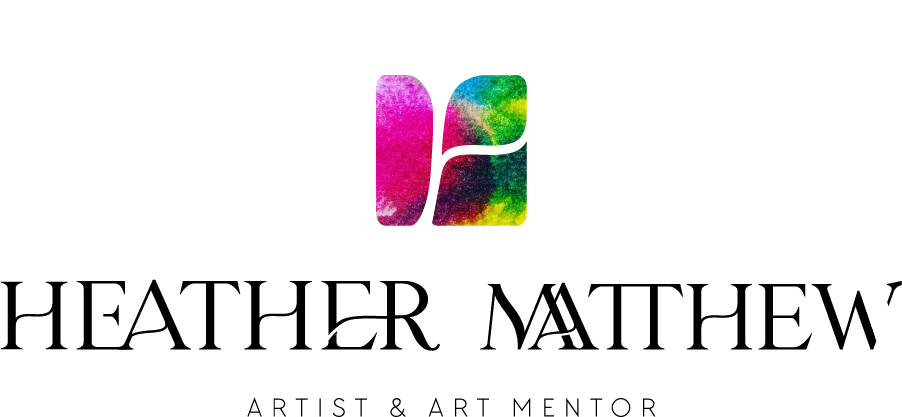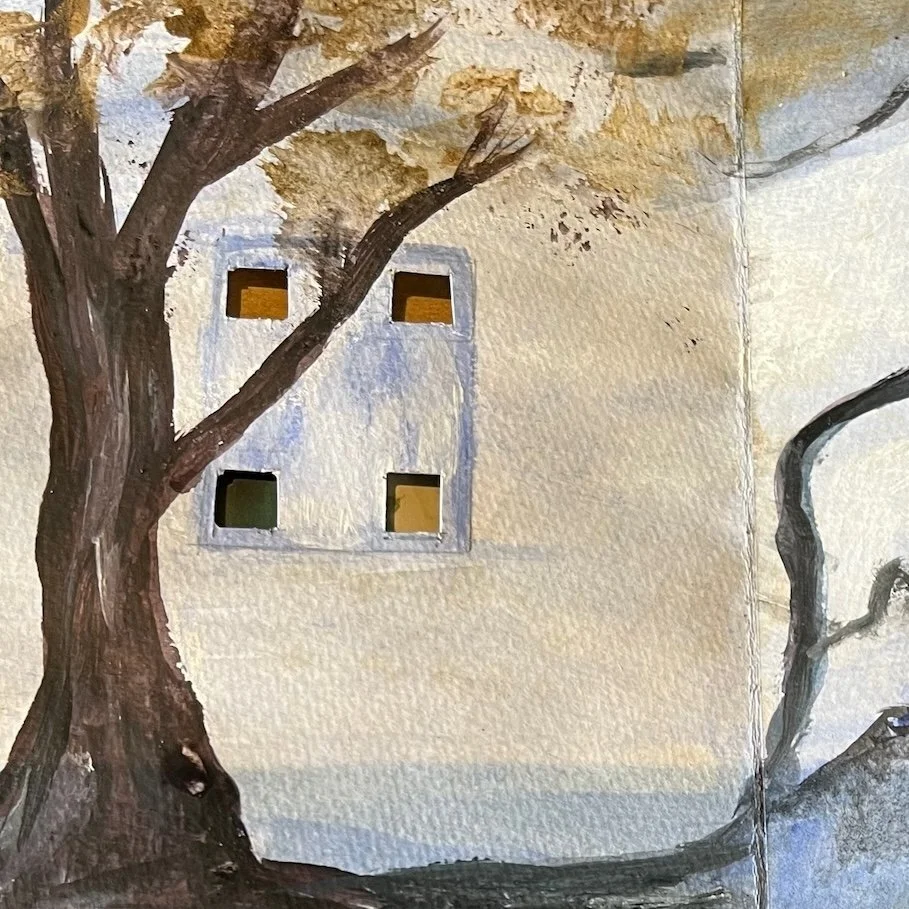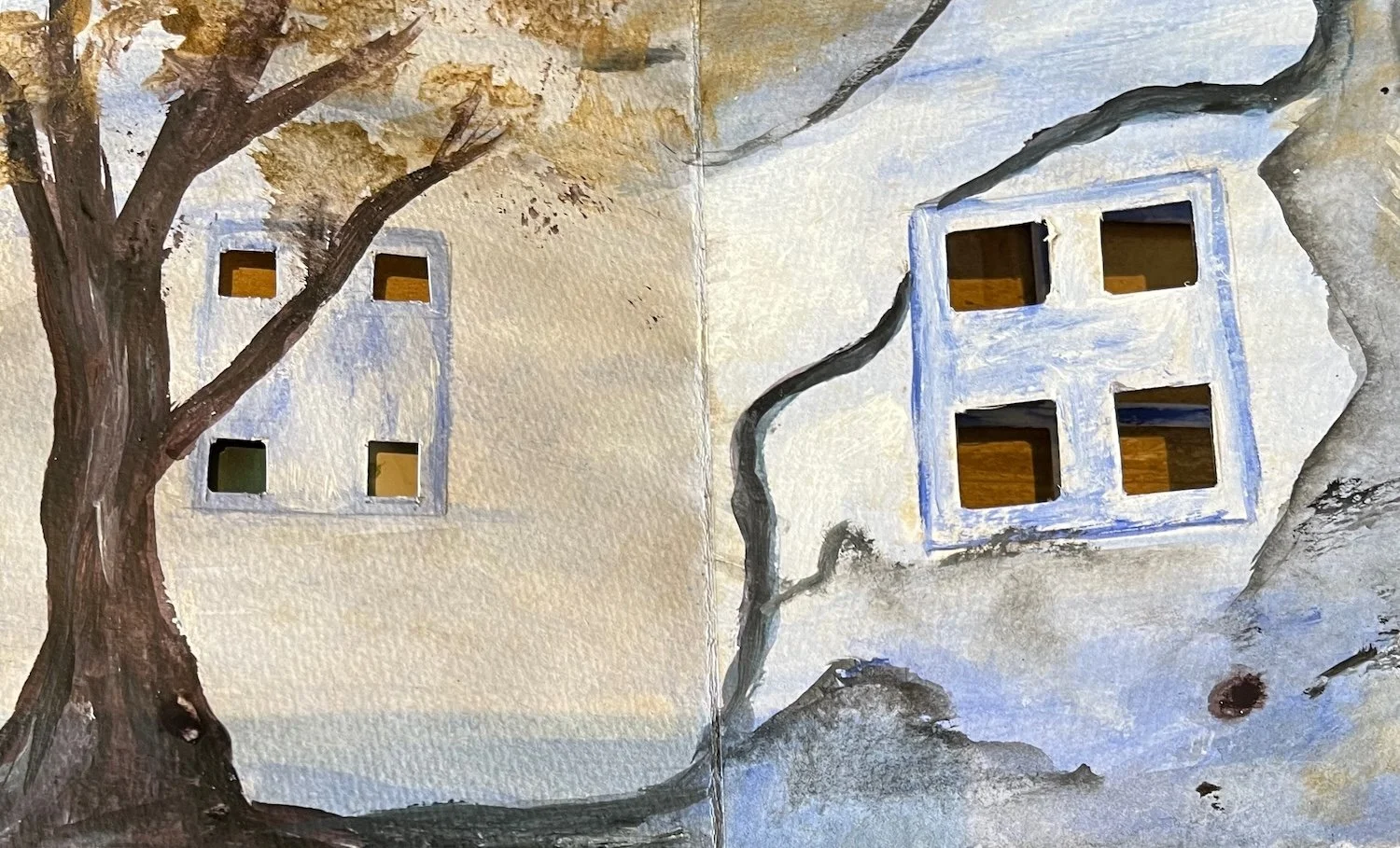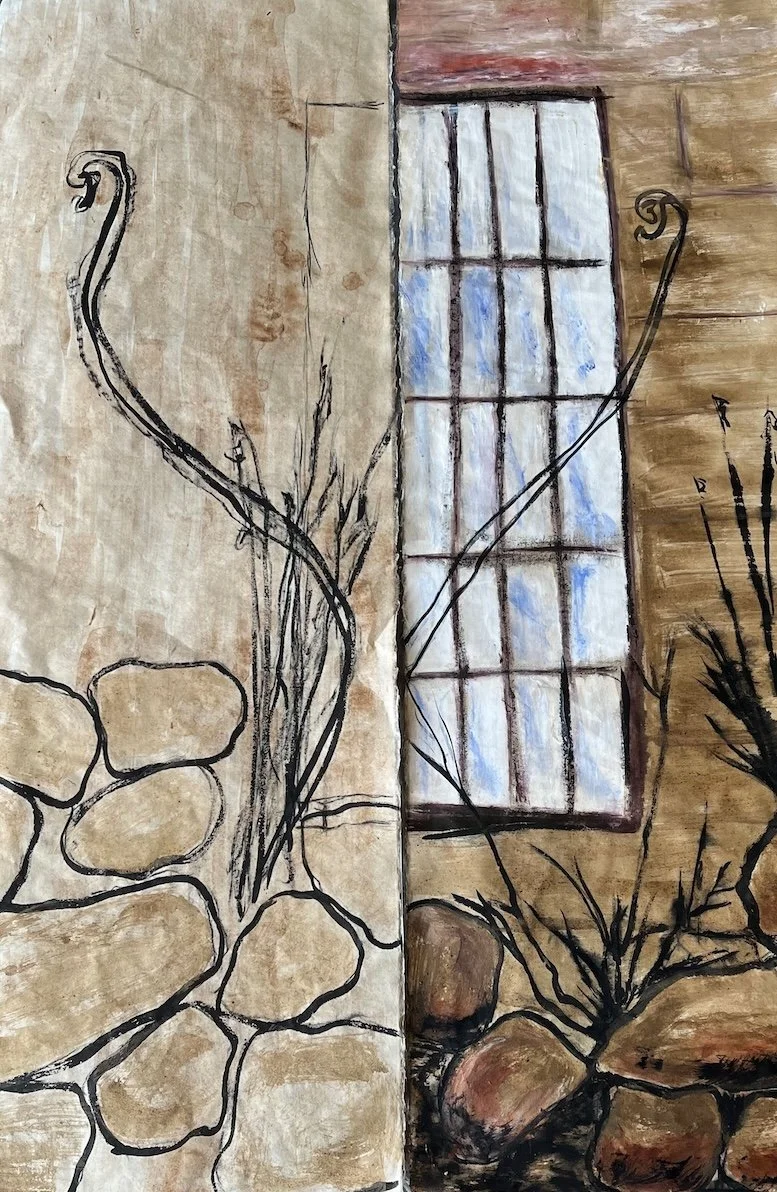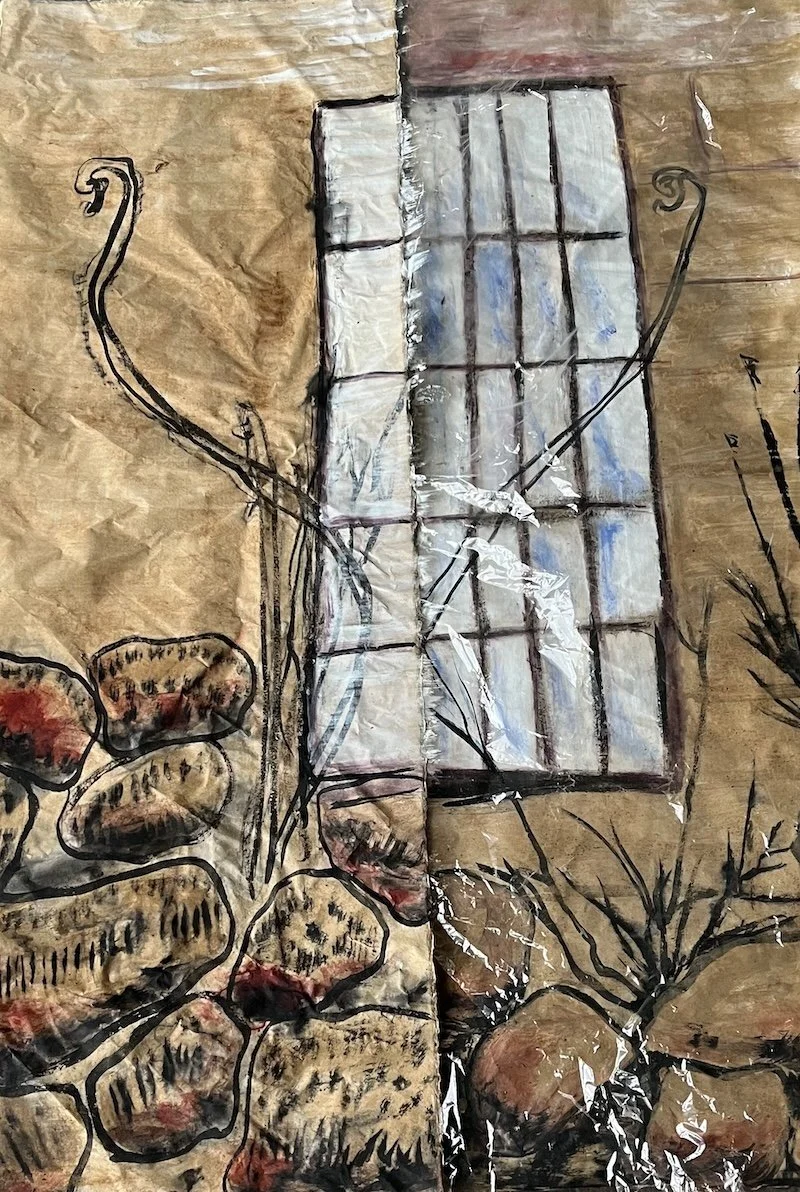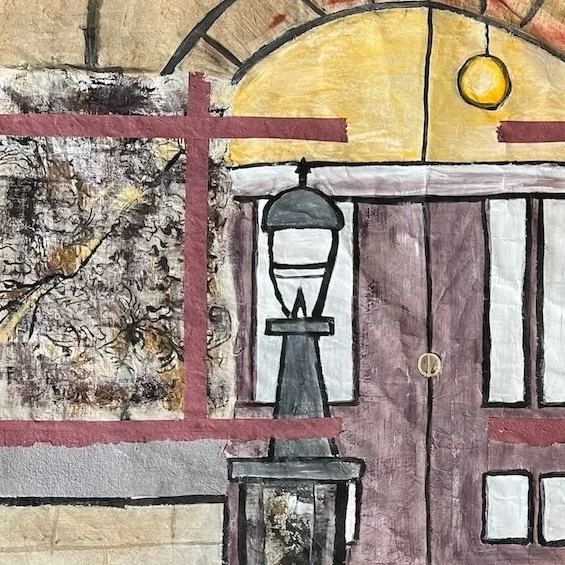Landscapes, Curated
WIP artist book page, Oatlands, Tasmania
I’ve become obsessed with windows. In this cold Tasmanian climate, I tend to view the landscape through windows, looking out from inside the warmth of the rooms of the artist residency I am in. From one window I can see chimneys with their smoke rising, from another the street with its very upright lampposts and from another, the view out the back to the Commissariat building.
Each scene is a curated landscape, framed by the colonial style window panes. Each view revealing an aspect of life in this rural township of sandstone buildings, many of which were built in the 1800s.
Everywhere I walk, I feel like I am a traveller traversing time. History reveals itself through the convict made chisel marks in the sandstones, the mustard colour ochre of the exposed soil, the background hills sprinkled with trees like a rounded cake topped by green icing. No longer a forest, but still showing a tree-line where once they stood densely together.
I spent the first week of my artist residency trying to find a way into this landscape; starting with my feet where they stood on the flagstone floors, turning my attention upwards to cracked plaster walls with their reproduction wallpapers. I’ve now moved onto the windows, thinking of what views the colonists wanted to create in their newly invaded and possessed land.
Most held views about what ‘civilisation’ and ‘society’ meant. Few treated the land and the Tasmanian Aborigines with respect. Little documentation exists of efforts to understand or cohabit with the original peoples of the land. And so the land and its people were brutalised, and the landscape changed forever into a colonial idea of what it should look like.
Now in the middle stretch of this residency, I’ve started to mellow with journeying through these time portals. To try and understand the need to curate a landscape so alien and hostile to a world viewpoint which was English, Irish, Welsh or Scottish and restricted to the thinking of that time.
The convicts who came here were arrested for what we would term really minor offences, brought about by intense poverty and the drive to survive. Free settlers arrived ill prepared with only their limited idea of farming sheep or cattle.
My preoccupation has been how to find a gentle way into post colonial viewpoints. To mourn what was lost and hold a vision for the future. My process has been to create windows as time portals, reflecting and holding this duality in their glassy gaze.
I work in a state of unknowing, allowing the stones and shapes to reveal themselves as I engage with paper and ink. It’s been challenging to spend this time alone with my materials and trust the process of creating.
I too, am learning to let go of my inner programming of what a ‘landscape’ should look like. Discovering that it is not only what you see, but also what you feel which is sometimes opaque, messy and a bit gritty and throughout it all, to reveal beauty in the endeavour.
WIP Details of two panels of a diptych about Colonial windows showing layout
Laying out the two panels to get an idea of where to continue painting next
